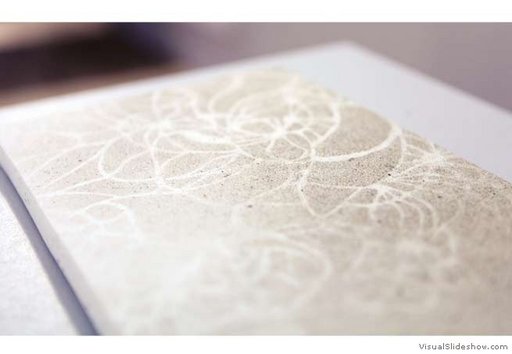
Alessia Giardino is a textile and surface designer. Her understanding for the contemporary social aspects of design, always approached with an experimental and innovative mindset, constantly pushes her to challenge boundaries of established design cliche'.
Alessia graduated from Central Saint Martins in London, with an MA in Design for Textile Future, she focuses on innovation and materials in particular, highlighting their sensorial and aesthetic features. Her recent project has been selected and is permanently showcased in the Inspiration Centre of Materia after travelling the Netherlands and Canada. Alessia is the co-founder of Thread Count Lab, a resource, laboratory, studio and artist’s workshop for the material minded.
TALK Concrete & Nanotechnology: Shaping Sustainable Surfaces Through Design
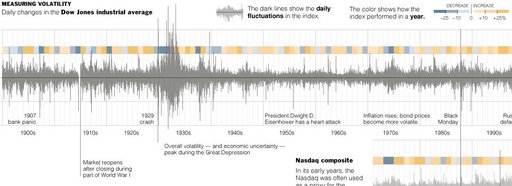
Amanda Cox is a graphics editor at the New York Times, where she creates charts and maps for the print and web versions of the paper. Before joining the Times in 2005, she worked at the Federal Reserve Board and received a master’s degree in statistics from the University of Washington.
With a focus on data visualization and a fondness for slightly conceptual pieces, her work with colleagues has won several dozen awards, including top honors at Malofiej, the largest international infographics competition. Amanda also co-teaches a class on data for science journalism students at New York University.
TALK Throwing Things Away: On Editing, and Other Lessons from Journalism
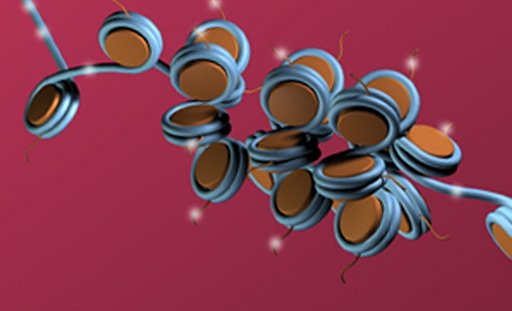
Bang Wong is the creative director of the Broad Institute of MIT and Harvard and an adjunct assistant professor in the Department of Art as Applied to Medicine at the Johns Hopkins University School of Medicine. His research focuses on the analytical challenges posed by the unprecedented scale, resolution, and variety of data in biomedical research. He established the Data Visualization Initiative at Broad to explore how informative visual encodings of data coupled with the researchers’ knowledge of the subject under investigation is a potent combination for discovery.
Bang is a contributing writer for Nature Methods, founder of ClearScience, an elected board member of the Association of Medical Illustrators, and a co-chair for the Visualizing Biological Data workshop series. Bang received a Masters degree in Immunology and a Masters degree in Medical Illustration both from the Johns Hopkins University School of Medicine.
TALK Visual Strategies for Explaining and Exploring the Genome

Colin Ware is the director of the Data Visualization Research Lab at the University of New Hampshire. Colin specializes in advanced data visualization and has a special interest in applications of visualization to Ocean Mapping. He combines interests in both basic and applied research and he has degrees in both computer science and in the psychology of perception.
Colin has published over 140 scientific articles, many of which relate to the use of color, texture, motion and 3D displays in information visualization. His approach is always to combine theory with practice and he likes to build useful visualization systems. He is a founding member of the Ocean Mapping Group at the University of New Brunswick and has been designing 3D interactive visualization systems for ocean mapping for about 13 years.
Colin's latest book, Visual Thinking for Design, is an up to date account of the psychology of how we think using graphic displays as tools.
TALK Visual Thinking Processes for Interactive Data Analysis
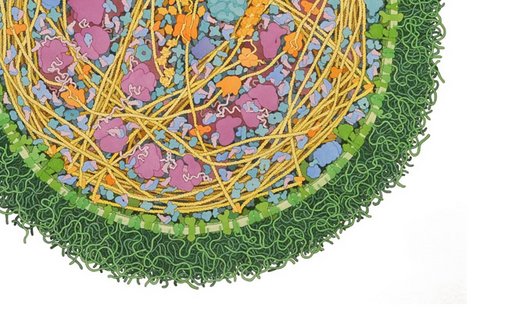
David Goodsell is an associate professor in molecular biology at the Scripps Research Institute in La Jolla, California. David is trained as a crystallographer, and his research covers computational chemistry and biomolecular computer graphics. He combines his extraordinary talent in painting with his professional interest in molecules in unique watercolours of complex cell environments.
David’s molecular watercolours are meticulously prepared to be scientifically correct with regards to scale and design. He uses a combination of computer graphics and hand-drawn ink and watercolour illustrations to fuse art and science. Many of David's illustrations are made in collaboration with the Protein Data Bank and are used as both research and educational resources.
TALK Depicting Cellular Environments: Preparation and Process

Ebbe Sloth Andersen is an assistant professor at the Interdisciplinary Nanoscience Centre (iNANO) at Aarhus University, where he is head of the Biomolecular Design Laboratory. Ebbe's group has pioneered the design of three-dimensional DNA origami structures, where a long DNA strand is folded into a designed nano-scale shape by several hundred DNA helper strands. In the complex design process of DNA origami the group develops principles for biomolecular design and devices for practical applications such as multiplex biosensors for small molecule detection.
Ebbe is also a cartoonist and use this gift to communicate science to the public, for education, and within science. Recently Ebbe's group won the BIOMOD competition at Harvard University presenting their Danish Nano Artists project as a hand-drawn YouTube video.
TALK Design and architecture of biomolecules - using visualization and geometry as scientific tools
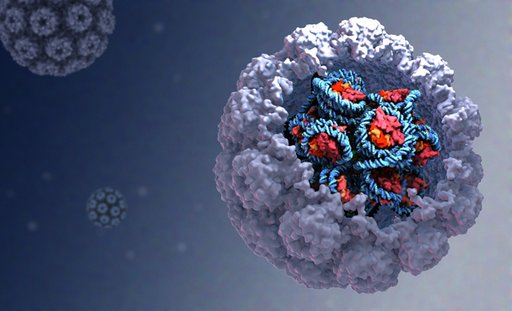
Gaël McGill is director of Molecular Visualization at Harvard Medical School where he also teaches scientific visualization. He is the creator of the online portal molecularmovies.org and the Molecular Maya software toolkit. As a technical editor for Wiley/SYBEX Publishing, he has contributed to leading Maya and ZBrush textbooks. Gaël is also the Digital Media Director for E.O. Wilson’s ‘Life on Earth’ next-generation digital biology textbook.
Gaël completed his PhD at Harvard Medical School in the Division of Medical Sciences (Biochemistry & Molecular Pharmacology) and continued his postdoctoral research at the Dana Farber Cancer Institute. He is a co-founder of Digizyme, dedicated to improving the communication of science through digital media.
TALK Molecular animation
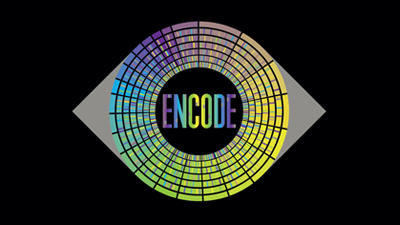
Kelly Krause is Art Director for the international weekly journal Nature, where she leads a world-class team of illustrators, designers and picture researchers based in London. Before joining Nature she was Art Director for the journal Science in Washington, DC. Between the two posts she took a few years off to complete an MA in Design for Development, a discipline that examines how design can be used for social good.
During her time at Science and now Nature, Kelly has worked closely with hundreds of high profile scientists in almost every scientific discipline imaginable to create dynamic, memorable covers and graphics for publication in print and online each week. She directs all visual content that appears in Nature, from the print magazine to iPad apps, from research figures to journalistic infographics and illustrations.
TALK Nature and ENCODE: Using interactive graphics for navigation in a new publishing platform.
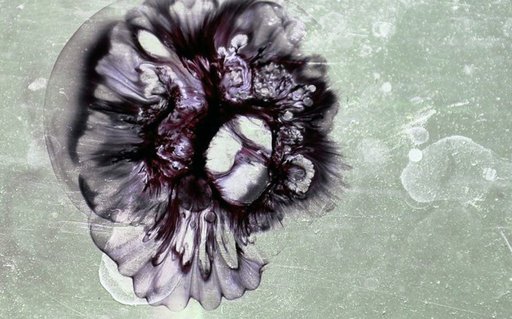
Mette Høst has been working as Artist in Residence at the Niels Bohr Institute at the University of Copenhagen since 2004. Through collaboration and interaction with science and scientists on a daily basis, Mette investigates what creativity is and as a result produces new visual expressions of different scientific subjects. She has contributed to scientific illustrations and coverart for scientific journals such as Scientific American, Cell and Nature Cell Biology.
Mette has been working as an artist since 1980.
TALK Visual consciousness in physics: being an artist in residence at the Niels Bohr Institute
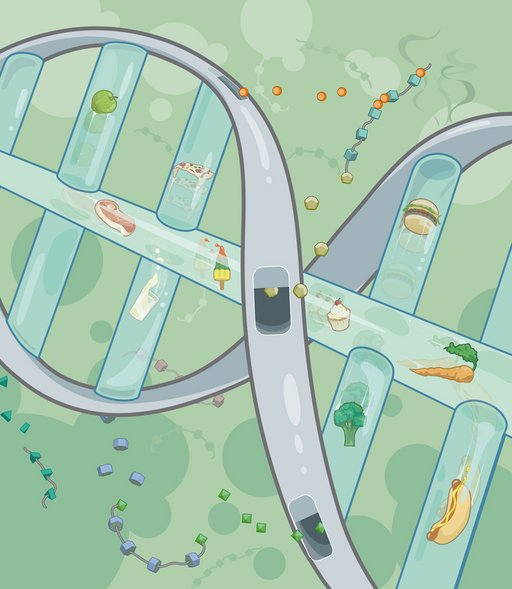
Nik Spencer is Senior Illustrator at the world-renowned scientific journal Nature. Before joining Nature, Nik studied both art and science; he worked as a freelance artist on local community projects and on private commissions, and has a degree in Molecular Biology from Manchester University. Nik joined the Nature art team in 2003, after working on EMBO Reports and Nature Reviews at NPG. He became Art Editor in 2005, producing cover designs and artwork for Nature supplements.
Nik has produced thousands of graphics during his 9 years with Nature, ranging from infographics, charts and maps, to illustrations, cartoons and logos. He works closely with editors to conceptualize artwork for all sections of the journal. Recently, he has also started using 3D animation software, such as Cinema 4D, to produce 3D graphics for the magazine.
TALK Style and Substance: Visualizing Science and the Development of Art and Design at Nature
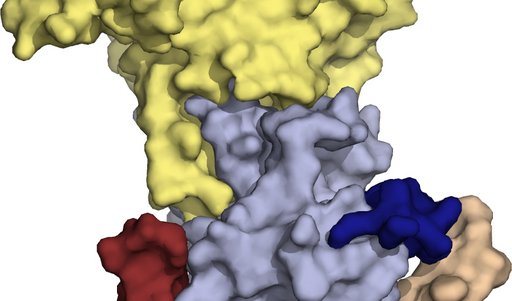
Poul Nissen is the Director of the Center for Membrane Pumps in Cells and Disease (PUMPkin) at Aarhus University. He is also a Professor at the Department of Molecular Biology and Genetics, and the Director of the Center for Structural Biology. Poul's group uses X-ray crystallography to study processes of the biomembrane that relate to transport in and out of the cell, in particular of the cation pumps such as the calcium pump and the sodium-potassium pump.
Studies of the movement of bio-membrane molecules is fundamental to the understanding of the functionality of these molecules as well as the active transport schemes across the membrane. Poul's group has shown how the calcium pump works through transitions between well-defined states in the membrane representing “snapshots” of a molecular movie of conformational changes of a molecular pump.
TALK How do we show molecules and how they work?
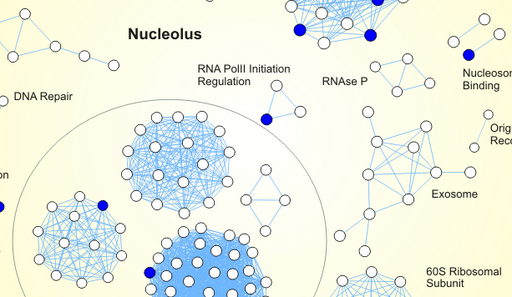
Søren Brunak is a Professor and Director of the Center for Biological Sequence Analysis at the Department of Systems Biology of the Technical University of Denmark. He is a physical and biological scientist working in bioinformatics.
Søren's main research is in bioinformatics and systems biology. In particular, the prediction of protein properties from their sequences, such as protein cleavage sites, protein glycosilation sites, phosphorylation sites, and transmembrane helices. Søren has published a variety of authoritative books on protein dynamics and bioinformatics with publishers such as MIT and Springer.
TALK Extracting and visualizing population-wide disease-disease correlations from electronic patient records and registries